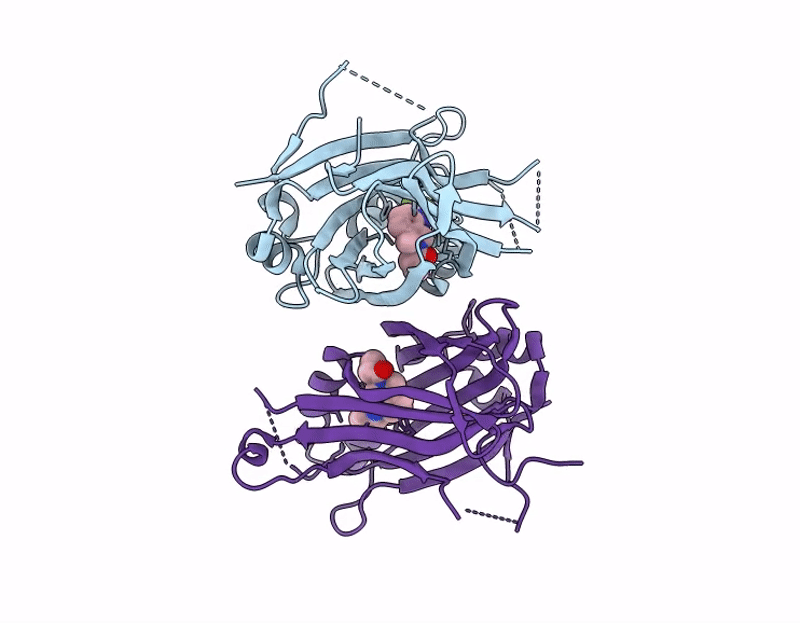
Deposition Date
2025-08-14
Release Date
2025-09-03
Last Version Date
2025-10-01
Entry Detail
PDB ID:
9Q1N
Keywords:
Title:
Crystal structure of human TEAD2-Yap binding domain covalently bound to an allosteric regulator
Biological Source:
Source Organism:
Homo sapiens (Taxon ID: 9606)
Host Organism:
Method Details:
Experimental Method:
Resolution:
2.13 Å
R-Value Free:
0.24
R-Value Work:
0.20
R-Value Observed:
0.20
Space Group:
C 1 2 1


